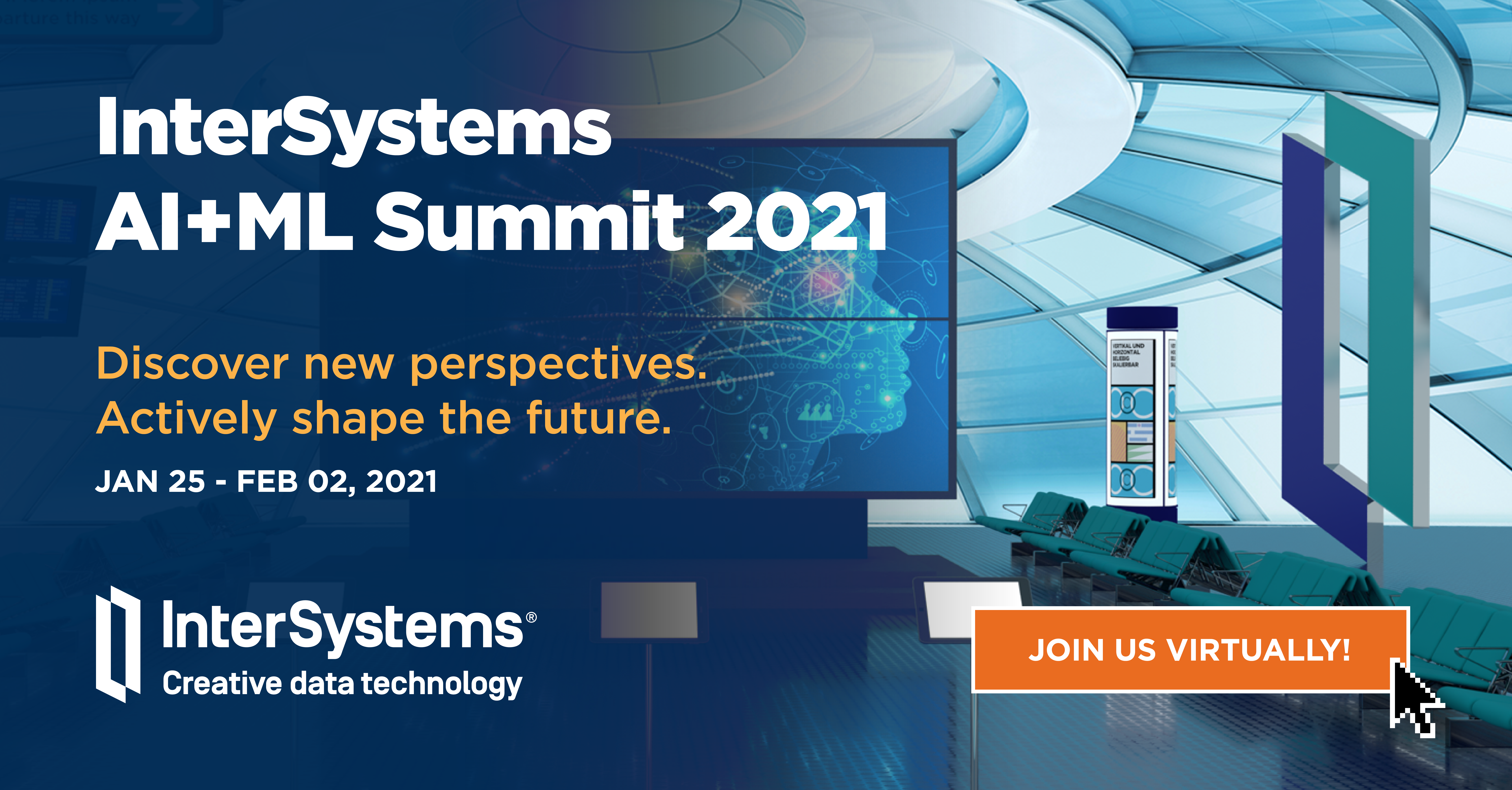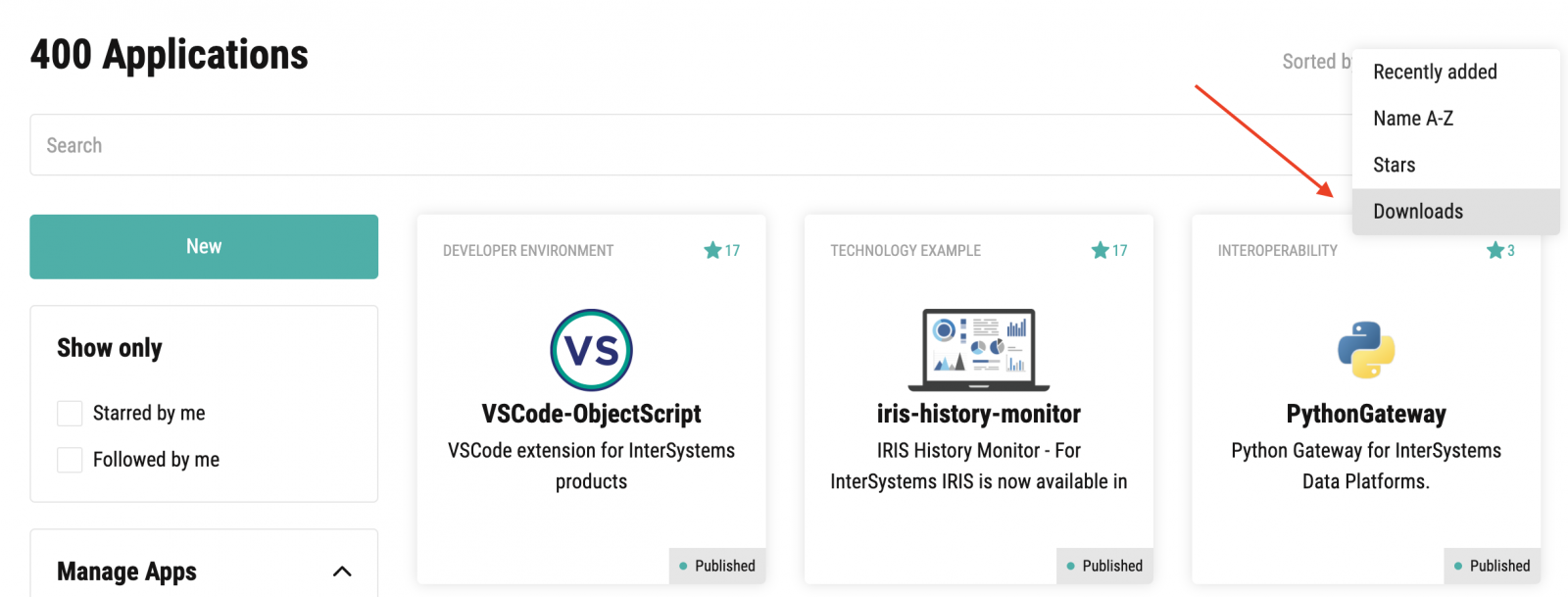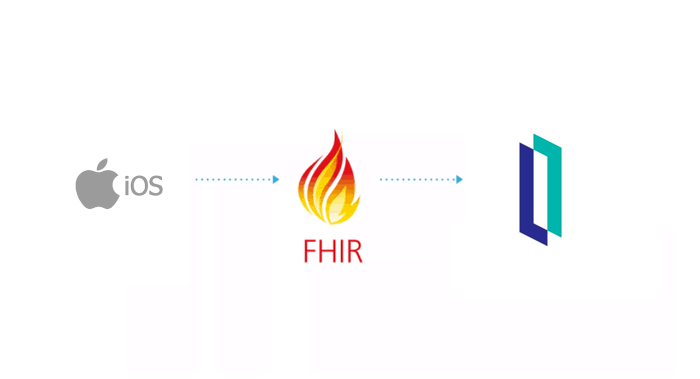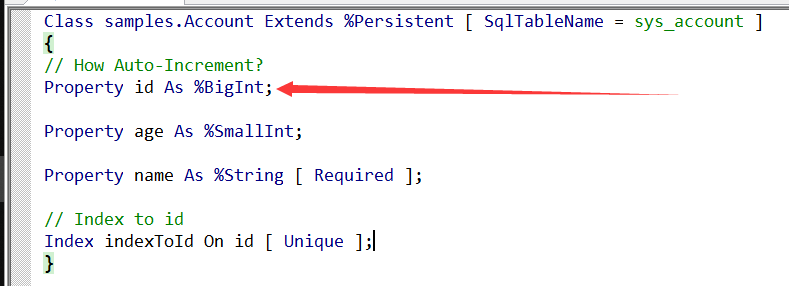I am trying to write a REST consumer the API that I am talking to expects a file to be sent over and in response I will get a file back if anyone out there has ever had a similar use case please could you kindly guide us or share some sample code please
InterSystems Developer Community is a community of
25,622 amazing developers
We're a place where InterSystems IRIS programmers learn and share, stay up-to-date, grow together and have fun!

 275
275



.png)
.png)

